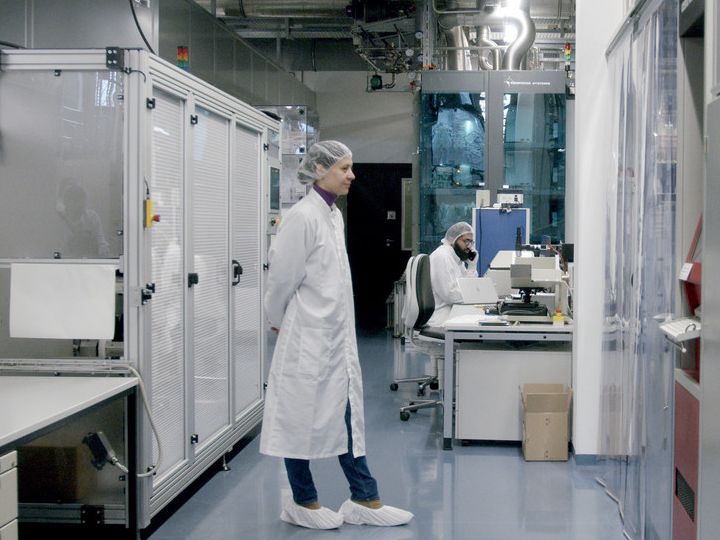There were two main reasons that led Bianca Lim from Berlin to Hamelin for her doctoral thesis. Firstly, she found the topic particularly challenging. She was to search for “defects” in solar cells, tiny flaws in the well-ordered crystal lattice of the photovoltaic material silicon. “This work is really important because it can make a direct contribution toward improving the efficiency of solar cells – which means getting more electricity from photovoltaic systems,” says the physicist. This was the reason she set off from Berlin for an interview at the Institute for Solar Energy Research in Hamelin (ISFH).
The visit was a great success. The leader of the research group took the time to tell her about current projects and then gave her a two-hour tour of the laboratories. “I was able to talk to the other PhDs and ask lots of questions – and on my way back to the bus, I felt I could well imagine working here.” This “great atmosphere” was, as she says, the second important reason for packing her bags in Berlin and starting a scientific career on the banks of the Weser.
You are currently viewing a placeholder content from Youtube. To access the actual content, click the button below. Please note that doing so will share data with third-party providers.
More InformationSolar technology made in Germany: a video portrait of Bianca Lim
ehrenwerk.tv für VolkswagenStiftung
“
Ultimately, it's about being at the cutting edge.
Dr. Bianca Lim
A job where you have to do a lot of talking
Today, 16 years later, Bianca Lim is still at ISFH. She has since left the laboratory and is now an expert in strategic planning in the field of photovoltaics – “a job where you have to do a lot of talking,” she says with a laugh. Strategic planning means having an overview of current in-house research, talking to researchers about the latest developments – and checking the extent to which your own work fits in with the needs of the solar industry and current scientific trends. “Ultimately, it’s about being at the cutting edge.” To this end, Bianca Lim also represents ISFH in several European expert committees where she can lobby for solar research and keep informed about what other institutes are working on and the needs of the industry.
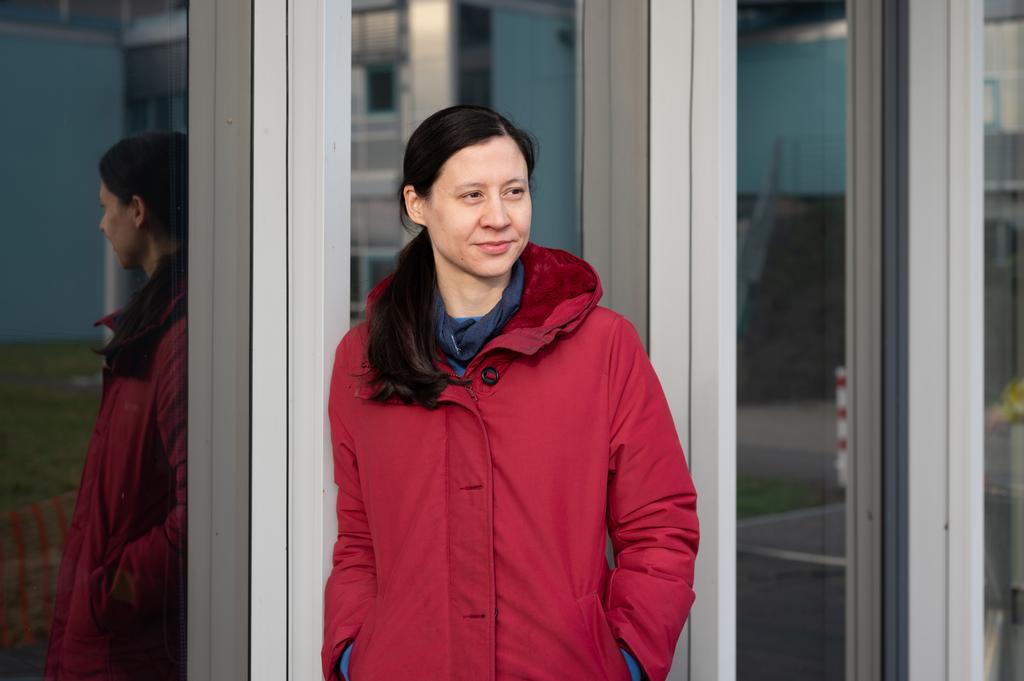
Dorian-Vasco Nagel, ehrenwerk.tv für VolkswagenStiftung
Feels at home in Hamelin: Bianca Lim in front of the Institute for Solar Energy Research
As a “strategic planner” at ISFH, she is the interface between the management and the working groups. “This mainly involves preparing and moderating meetings,” says Bianca Lim. The meetings usually go into technical detail. Possessing the requisite scientific expertise, she is ideally equipped for this. The meetings are used to analyze the results of experiments and whether anything needs to be changed in order to achieve a certain goal. They also decide whether, and if so when, ISFH should embark on the development of a new generation of technology – in much the same way as an automobile group decides to start development on a new generation of vehicles. Bianca Lim thus brings two things together: an overview of the scientific landscape in photovoltaics and a deep insight into research at the institute.
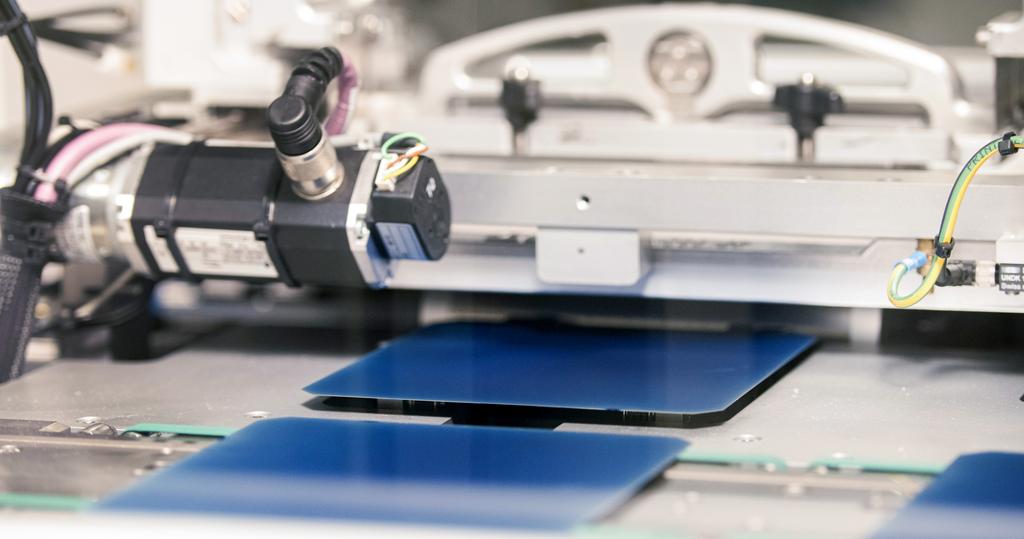
Dorian-Vasco Nagel, ehrenwerk.tv für VolkswagenStiftung
Production of solar wafers in Hamelin
Return from Singapore to Hamelin
In 2015, a short while after completing her doctorate at ISFH, she went to Singapore to work at an institute that conducts similar research to that in Hamelin. “My father comes from Singapore. We used to go there on vacation every two years – so I was no stranger to Singapore.” She stayed there for a year and a half. And then the ISFH management offered her the job in “strategic planning” – an overarching position where you are not tied to a single project, but have a coordinating role. “A position like this doesn’t come along very often in academic life – it didn’t take me long to make up my mind, and I was happy to accept,” she says. She returned to the Weser in mid-2017.
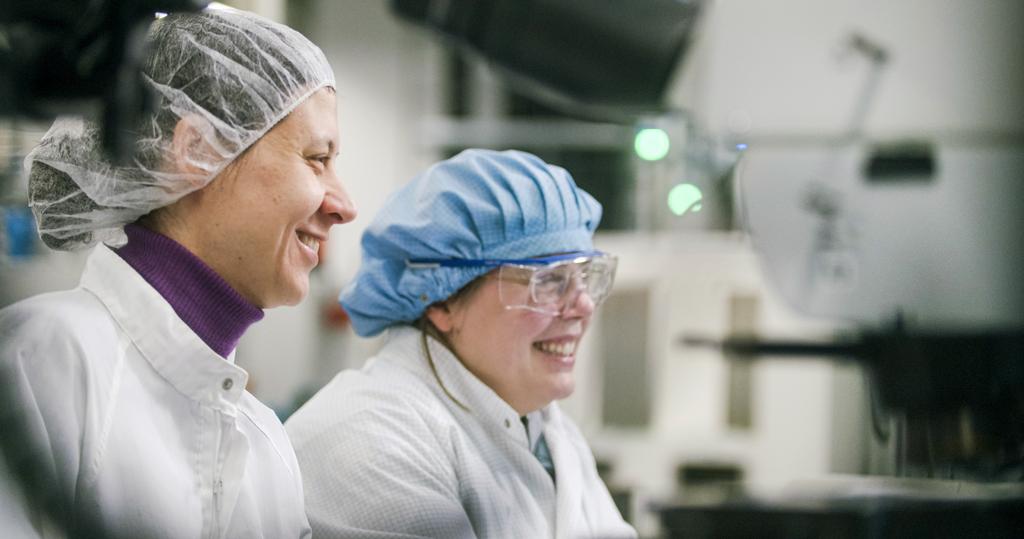
Dorian Vasco-Nagel, ehrenwerk.tv für VolkswagenStiftung
Bianca Lim (left) currently has more coordinating tasks, but does not rule out returning to research one day.
Global impact
Since then, she has accompanied some interesting developments at ISFH – such as the research work that went into the “passivation of silicon surfaces”, a technology developed by ISFH that has become established worldwide. This was also about increasing the efficiency of silicon solar cells. The electricity is generated when sunlight knocks electrons out of the silicon crystal. The electrons pass through the material and leave it as an electric current. The problem is that many of these electrons react with the material the cells are made of and are lost to the current flow. As these reactions mainly take place on the surface of the material, ISFH developed special surface coatings made of aluminum and oxygen that do not so strongly attract the electrons. This increases the electron yield of the cells enormously.
“This passivation is a great success,” says Bianca Lim, “and as I personally enjoy doing scientific work, I am keen to return to the laboratory some time in the not-too-distant future.” The management is OK with this. Bianca Lim: “We agree this would be a good thing. Because the longer you are out of research, the more difficult it becomes to return – if you want to work in another area, for instance.” She is now 41 years old. That leaves plenty of time before changing roles again, she says. Because now she has a two-and-a-half-year-old son with whom she would like to spend more time.
“
There really are signs of a renaissance for Germany here
Dr. Bianca Lim
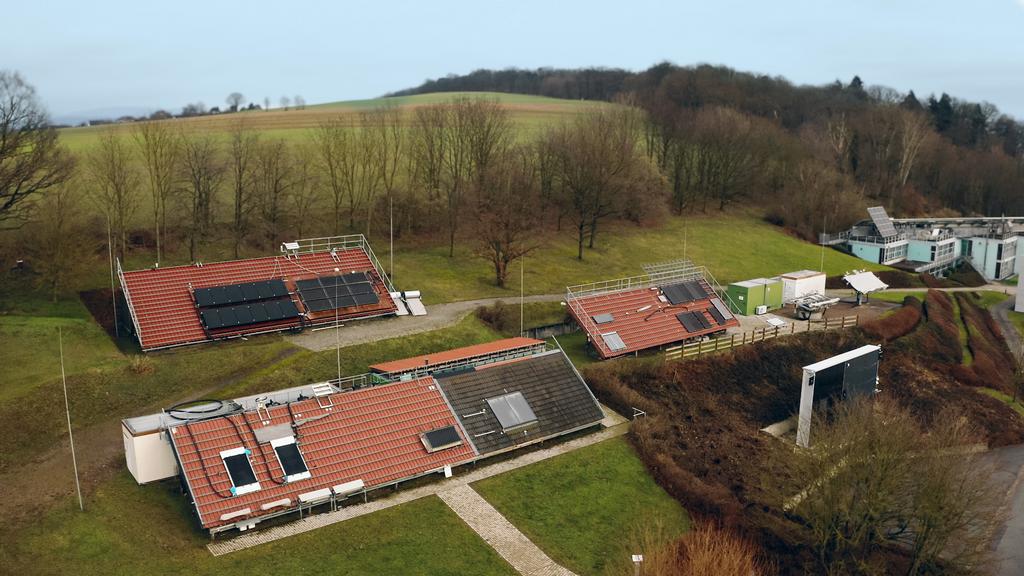
Dorian-Vasco Nagel, ehrenwerk.tv für VolkswagenStiftung
Test modules at the Institute for Solar Energy Hamelin (IFSH)
Brand-new machine park
For the time being, she is happy to stay where she is in the area of strategic planning – not least because ISFH is to receive 16.5 million euros through the zukunft.niedersachsen program. The money is needed, among other things, to renew the machine park for the pilot production of new generation solar cells and modules. “This will provide us with modern equipment with which we can trial manufacturing processes for industry,” says Bianca Lim.
It is well known that the production of solar cells has moved to South East Asia and China over the past few decades. The new machine park at ISFH can help to bring the production of new-generation solar cells back to Germany and make Lower Saxony an important production location. “There really are signs of a renaissance for Germany here,” says Bianca Lim. The new generation of solar cells includes the “tandem solar cells” currently being researched by ISFH. The funding will also be used to set up a Lower Saxony research cluster for these solar cells, which includes ISFH and the member universities of the Energy Research Center of Lower Saxony.
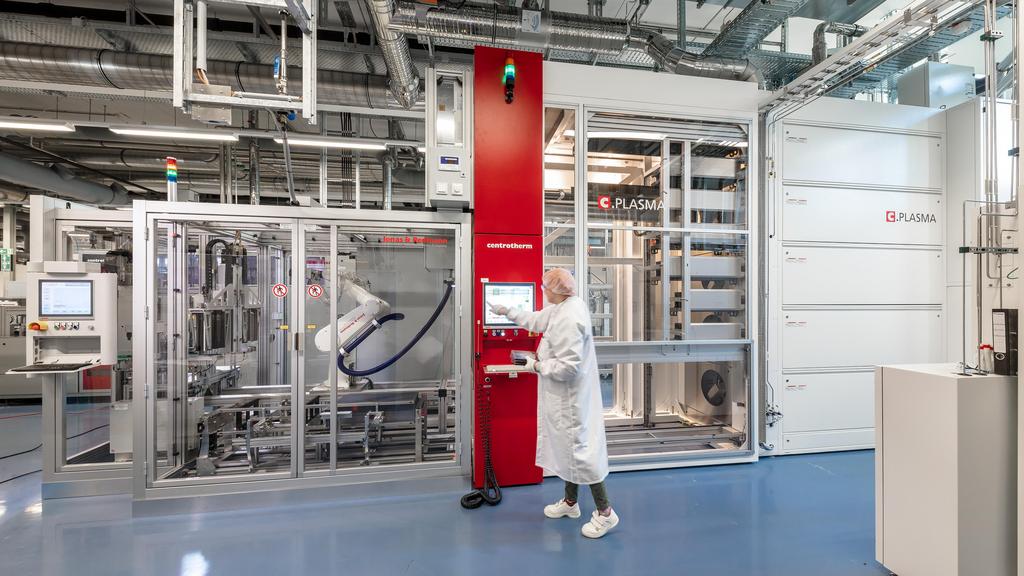
Ulf Salzmann für ISFH
Modern industrial process plants at the IFSH
Light entertainment helps her relax from work
Bianca Lim is happy to stay on the Weser – together with her partner, whom she met at ISFH. “I don’t really miss Berlin. For people who need 16 theaters and three opera houses, and who like to go out for a beer with friends until three in the morning, Berlin is certainly tempting – but my family and I have never actually been interested in such things. I’m more the type who likes being at home.”
She used to play video games, especially role-playing games, with her sister. Nowadays, she prefers reading or just watching TV; or going for walks in the countryside with her son and her partner. Then she has to laugh. “My son loves being outdoors.” She herself would never think of hiking through the Weserbergland on her own. “Of course, if the two of them want to go for a walk, I’ll go with them. But I don’t believe in the old adage ‘there’s no such thing as bad weather – only bad clothes’.” She much prefers to stay at home and spend her time watching “nerd series” like Star Trek. “To be honest, light reading and TV series are my favorite pastime: after all, my brain is taxed enough during everyday working life.” She likes living in Hamelin, a town of just under 60,000 inhabitants that offers her everything she needs – and not least it is home to a research institute with global outreach.

